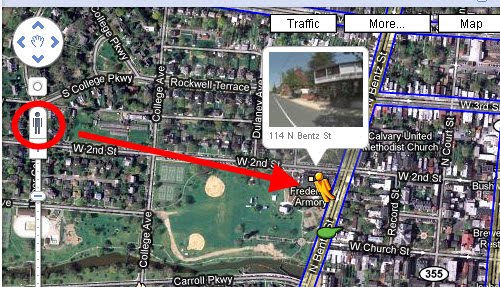

It uses AR-generated arrows to point a user to locations like restrooms, lounges, taxi stands, and car rentals. In 2021, the company introduced indoor Live View for select locations in the US, Zurich and Tokyo for just that purpose. Google said the AR technology used to create the overlaid 3D maps can be especially helpful when navigating tricky places, such as an unfamiliar airport. "If you’re hungry, glide down to the street level to explore nearby restaurants - and even take a look inside to quickly understand the vibe of a spot before you book your reservation." “You can also spot where it tends to be most crowded so you can have all the information you need to decide where and when to go," Google said. And a “time slider” shows an area at different times of day and with weather forecasts. So, for example, users visiting the Rijksmuseum in Amsterdam could use it to virtually soar over the building and see entrance locations. The Live View feature also allows aerial views. GoogleĪn example of Google search with Live View. The features also offer helpful information, such as when a business is open, busy right now, and how highly it’s rated. Search with Live View and Immersive View are designed to help a user find things close by - such as ATMs, restaurants, parks, and transit stations - just by lifting a phone while on the street. That feature is now available in London, Los Angeles, San Francisco, New York and Tokyo. An upgrade to the Google Maps navigation feature, Immersive View uses AI and AR to combine billions of street view and aerial images to create a digital model of the real world that can be used to guide users on a route.

Google’s Immersive View, first previewed last year, is now live in five cities. Live View, announced in 2020, allows users to get directions placed in the real world and on a mini map at the bottom of a mobile screen.

In at an event in Paris, the company demonstrated upgrades for its Google Maps Immersive View and Live View technology, along with new features for electric vehicle (EV) drivers and people who walk, bike or ride public transit that show 3D routes in real time. Google today announced several upgrades to its search, translate and maps applications that use artificial intelligence (AI) and augmented reality (AR) to provide expanded answers and live search features that can instantaneously identify objects and locations around a user.


 0 kommentar(er)
0 kommentar(er)
